The weather is warm, vacation has started, you’re 50 miles from your destination—and chances are you’re not thinking about what could go wrong on the road ahead.
“While no one can plan for car trouble, in emergency situations it is helpful to have some preparations in place,” says Mindy West, GEICO director of Centralized Services. So stock your car with these basics and don’t forget to replace water and batteries as needed.
1. First-aid Kit & Accessories
Add a flashlight and whistle to your basic first-aid kit. Set a calendar reminder to change the flashlight batteries every few months.
2. Basic Tools
Always be sure to have at least three tools on hand: a screwdriver (to tighten up something that’s been loosened by vibration or age), a torque wrench (to correctly set nuts) and a utility knife (in case you ever need to cut yourself out of your seatbelt after an accident).
3. Gloves
Protecting your hands is a must, no matter what the temperature. Opt for sturdy mechanic gloves made of leather or a rubber and synthetic combination.
4. Tow Rope & Bungee Cords
These can be invaluable to help get you out of a jam. To use the tow rope, you’ll need to find another car that’s able to yank yours to safety. Bungees help you safely secure an item to your car’s roof.
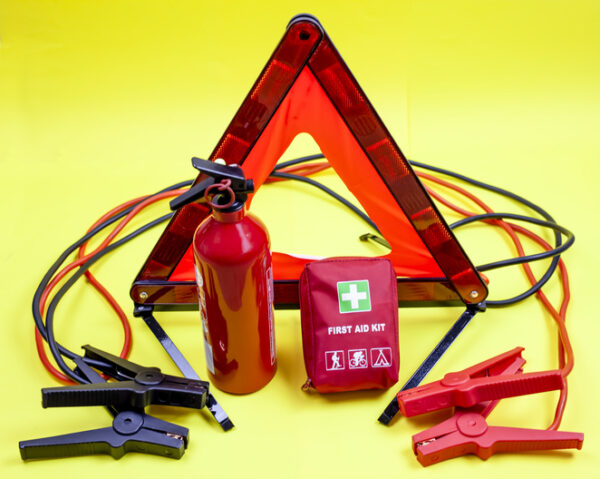 5. Warning Triangles & Light Sticks
5. Warning Triangles & Light Sticks
Make certain other motorists can see you, day or night. Bonus: Since they don’t need batteries, you don’t have to worry about upkeep.
6. Tire Pressure Gauge
Tire pressure—which ensures maximum handling, traction and durability—fluctuates with the temperature, so it’s important to keep a gauge handy. Tires may become over-inflated when the outside temperature is hot and under-inflated when it’s cold.
7. Phone Charger
As important as your phone itself. Add an adapter for the cigarette lighter if your car doesn’t have a USB port.
8. Jumper Cables
In case your car battery goes dead. And of course, you should know how to use them. (Psst… here’s how to jump-start your car.)
9. Water & Snacks
In case of an emergency, they’ll provide sustenance until help arrives.
10. Extra Clothes
For unexpected outdoor adventures, pack a rain jacket and at least one layer of clothing to keep you warm.
11. Kitty Litter
Stuck in the mud or snow? With a small bag in the trunk, you’ll be able to sprinkle some around your tires for traction.
With assistance from GEICO Emergency Roadside Service (ERS) available on your GEICO Mobile app, you’ll be back on the road in no time with a spare tire or a jump. Add ERS to your policy, starting at just $14 per year, per car.
By Lucy Maher

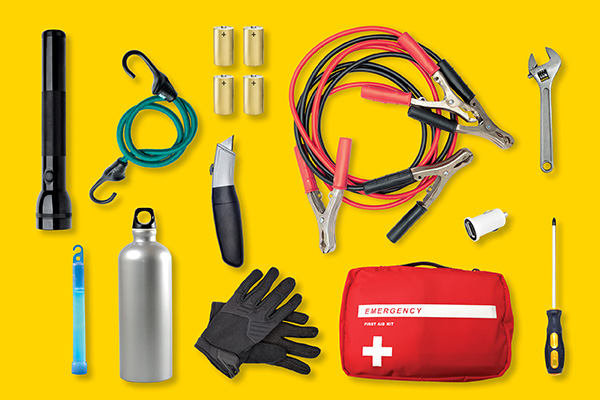


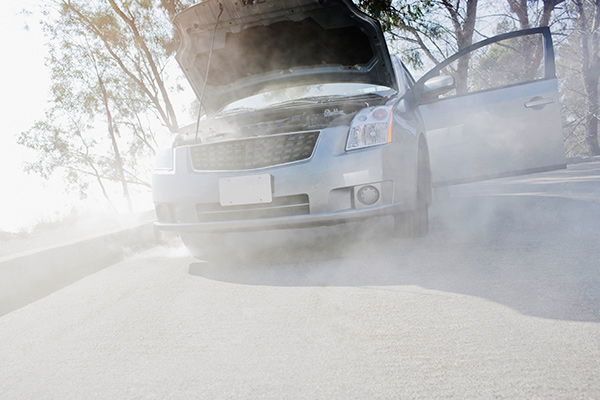
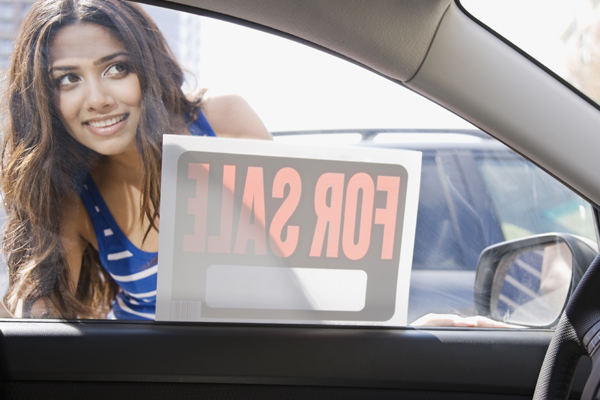

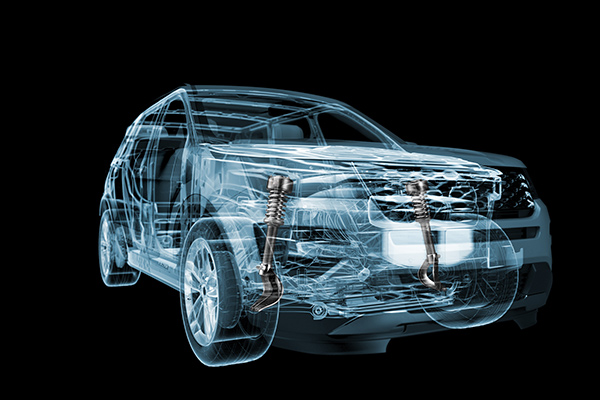
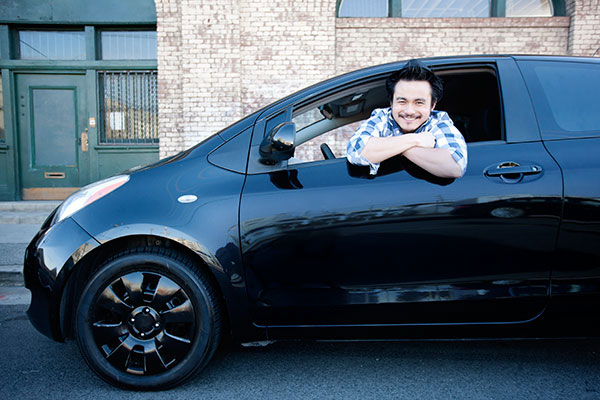
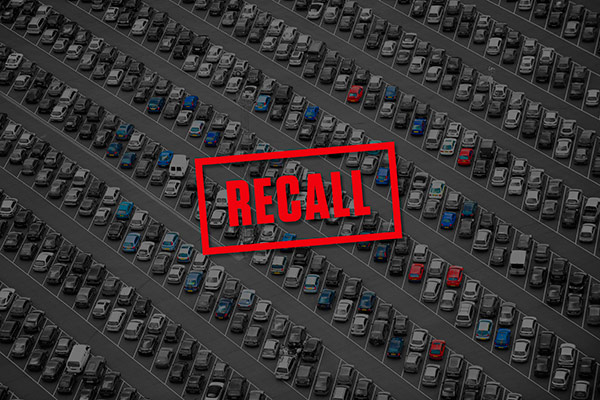
dave knapp says,
1 forgotten thing to keep in your car (although a wrench might work). Living in Florida, we have many retention ponds. At least once a month, I see on the news how a car plunges into a retention pond. You need one of those hammer looking things with a metal point on it to break the window before your car fills up with water.
Dennis McCormick says,
Good ideas!
N .hristou says,
Very helpful ideas , I love all of them and a good reminder for the ones I knew but not use. Thank you
Evelyn Jones says,
I have all 11 plus items. Thanks for the valuable information.
MARGARET BURNETT says,
I have these things in my car already. good stuff to know
Joseph bustamante says,
Thanks for the helpful lnfo
jose pagoada says,
Extra wipers
Few tools- screw drivers,plyers, duck tape,etc.
Christine B Harris says,
Thanks!
Bob Murray says,
It would be nice if you had an option, to print these handy hints, without all the other clutter.
i.e. no pictures
Cliff says,
This message will go forward to my children / grandchildren.
flo says,
that is a marvelous idea. one should not get hungry in their car. i should remember those tips.
Avelino B. Felicitas, Jr. says,
Excellent! Thank you so much for this reminder!
Barbara Hottman says,
Excellent advice!
Marlaina Pipal says,
clean cloth to wipe windshield of condensation before defroster disperses it, and for spills, or other fluids, and goop,
money, enough cash for tolls, parking, cab, motel
dog food for day or two
paper or notepad for messages or signs if needed
waterproof jacket, gloves
road flares, not just one but two or 3, or emergency markers and know how to use them
in below freezing regions, warm sleeping bag or wood or down blanket, wool socks,
and in snow or ice regions almost ALL year: chains (October – June 1st week in northern hemisphere) or 4 wheel drive with good tread depth on tires.
I bring pop top canned lentil soup or other protein meal and exchange it in less than 6 months.
In Bear Territory from about 3,400 feet elevation and above:
Just don’t leave open or fresh foods and fruit, chips or leftovers in vehicle in bear country or one may break in to eat what it smells or sees.
Cover coolers with fabric or towel. They recognize coolers.
Always close the windows all the way overnight or if not near it in day unless dogs are inside to fend off bear.
Racoons at any location have entered vehicles and boats to forage foods, too. My car interior was smeared with plums in the bay area after raccoons feasted.
Jia says,
Some input from a mother of many…oh so many children who lives in Wisconsin where it is 70 degrees one day and snowing the next:
Fix-a-flat is good when you get a flat and it’s -15 so you can make it to a service station or somewhere warm. Always have books for the kids. Electronics drain the battery and toys cause fights. HIGHLY agree with the wipes! I always carry a Swiss Army knife in the glove box and a flashlight too. As far as the snacks, I agree that we don’t need to snack all the time, but I for one have low blood sugar so have become used to having glucose tablets ($1 for a roll at Walgreens) for a quick sugar boost and then some nuts for longer-lasting protein. Sunflower seeds, beef jerky…all good.
As far as bags go, I have a paper gift bag that stands up beside my seat that serves as a trash can, and I line it with a plastic grocery bag. That way when it fills up, I just tie up the plastic bag and get rid of it at a gas station or at home and re-line with a new one. My kids have water bottles that I refill at gas stations so I NEVER pay for drinks and the water is clean and fresh (they have two sets so yes, I occasionally get to wash them…)